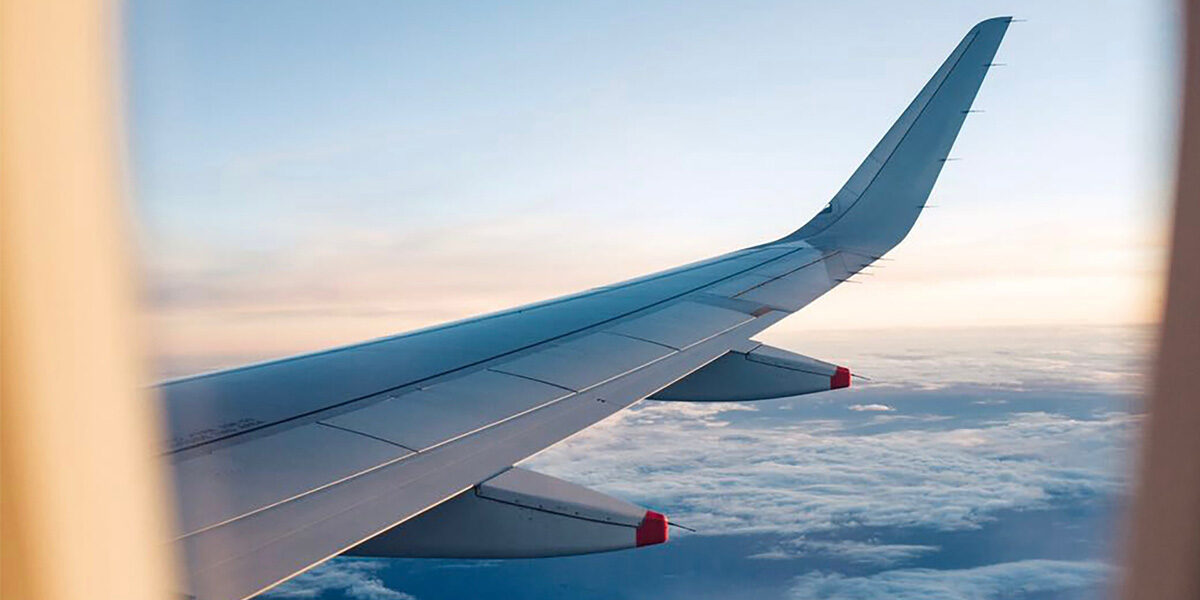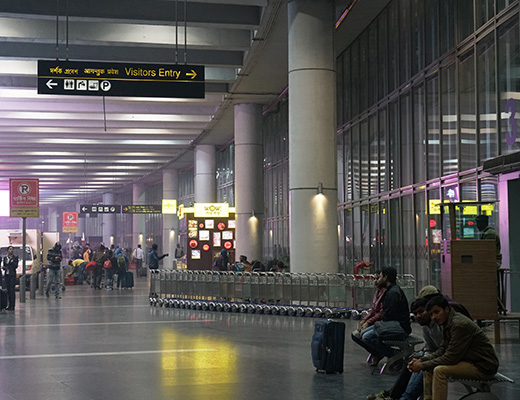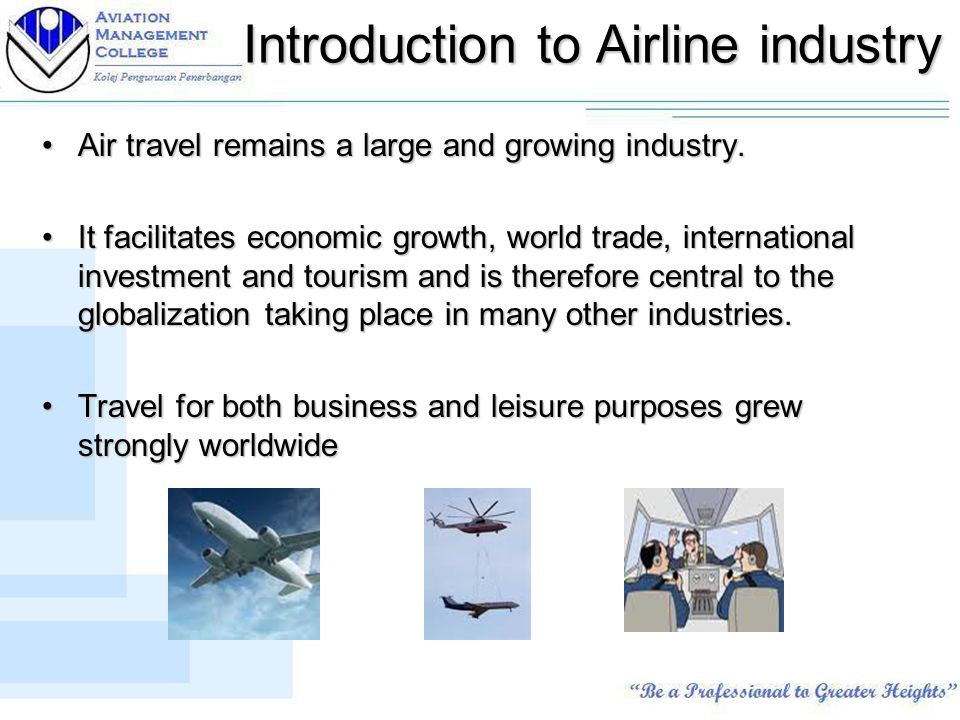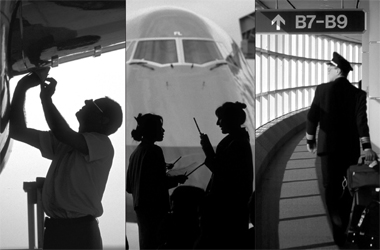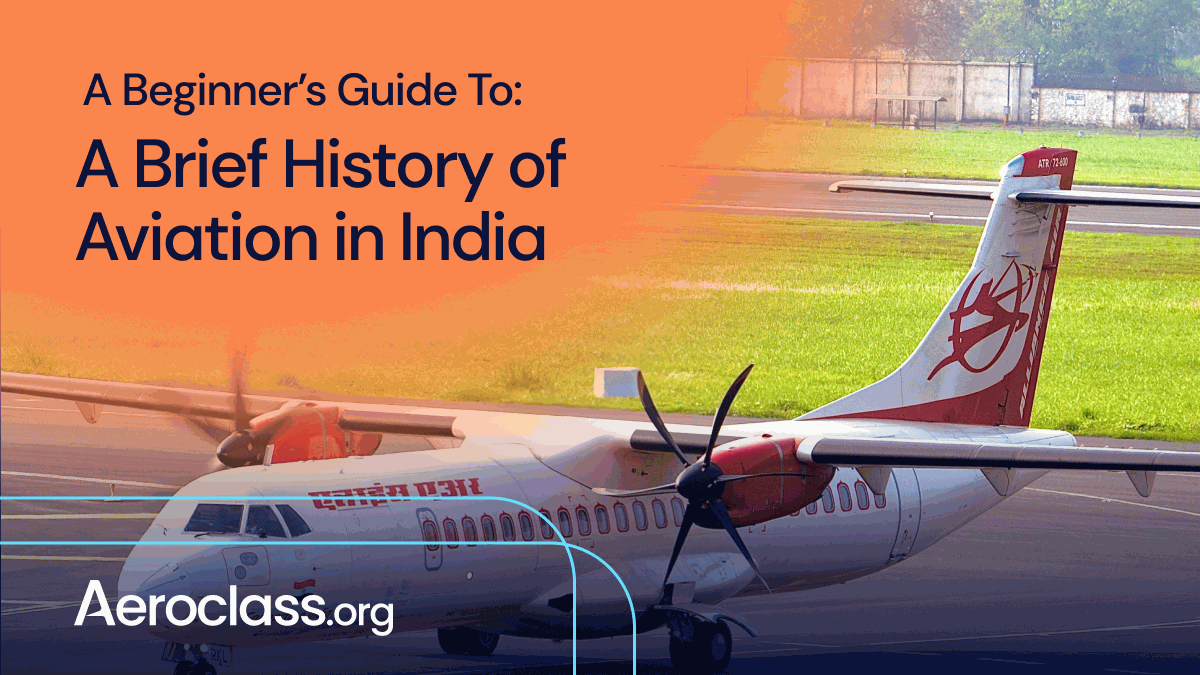The aviation industry plays a vital role in the global economy and transportation network. It enables the movement of people and goods across vast distances, connecting different parts of the world and facilitating trade and communication.
The history of aviation dates back to the early 20th century, when the Wright brothers made the first successful powered flight in 1903. Since then, the industry has undergone tremendous changes and innovations, resulting in the development of advanced aircraft and air travel infrastructure.
There are several key players in the aviation industry, including commercial airlines, aircraft manufacturers, airports, and air traffic control providers. These organizations work together to ensure the safe and efficient operation of flights.
Commercial airlines are responsible for transporting passengers and cargo from one location to another. They operate a fleet of aircraft, which vary in size and capabilities depending on the type of routes they serve. Major commercial airlines operate on a global scale, while smaller regional carriers often focus on serving a specific geographic region.
Aircraft manufacturers design, develop, and produce aircraft for commercial and military use. These companies invest heavily in research and development to improve the efficiency, safety, and performance of their aircraft. Some of the most well-known aircraft manufacturers include Boeing and Airbus.
Airports are the gateway to the aviation industry and play a crucial role in connecting people and places. They provide facilities and infrastructure for the arrival, departure, and movement of aircraft and passengers. Airports also generate revenue through the leasing of retail and food and beverage outlets, as well as through parking and other services.
Air traffic control (ATC) is a critical component of the aviation industry, responsible for managing the movement of aircraft in the air and on the ground. ATC providers use radar and other technologies to monitor and direct aircraft, ensuring the safe separation of planes and efficient use of airspace.
The aviation industry is regulated by national and international organizations to ensure the safety and security of flights. These include the Federal Aviation Administration (FAA) in the United States and the International Civil Aviation Organization (ICAO), a United Nations agency that sets standards and policies for international air travel.
In conclusion, the aviation industry is a complex and multifaceted sector that plays a vital role in the global economy and transportation network. It is driven by a range of key players, including commercial airlines, aircraft manufacturers, airports, and air traffic control providers, who work together to ensure the safe and efficient operation of flights.
